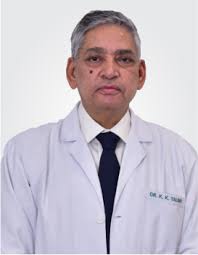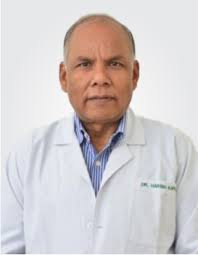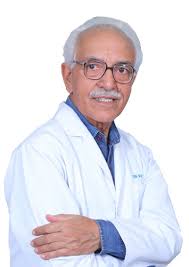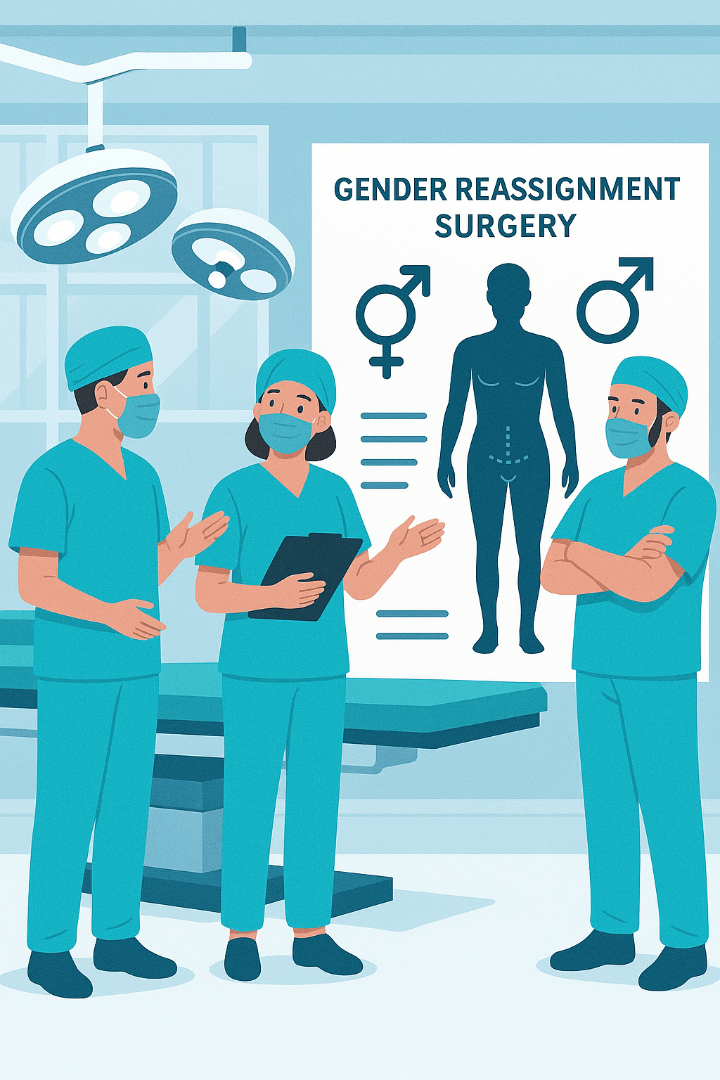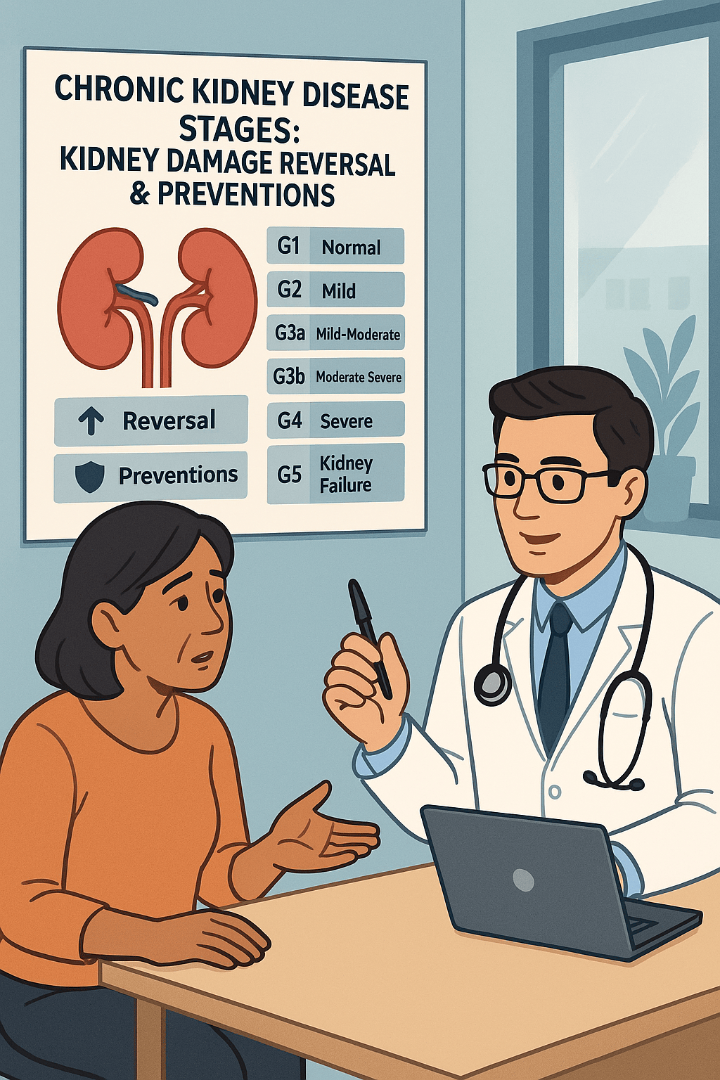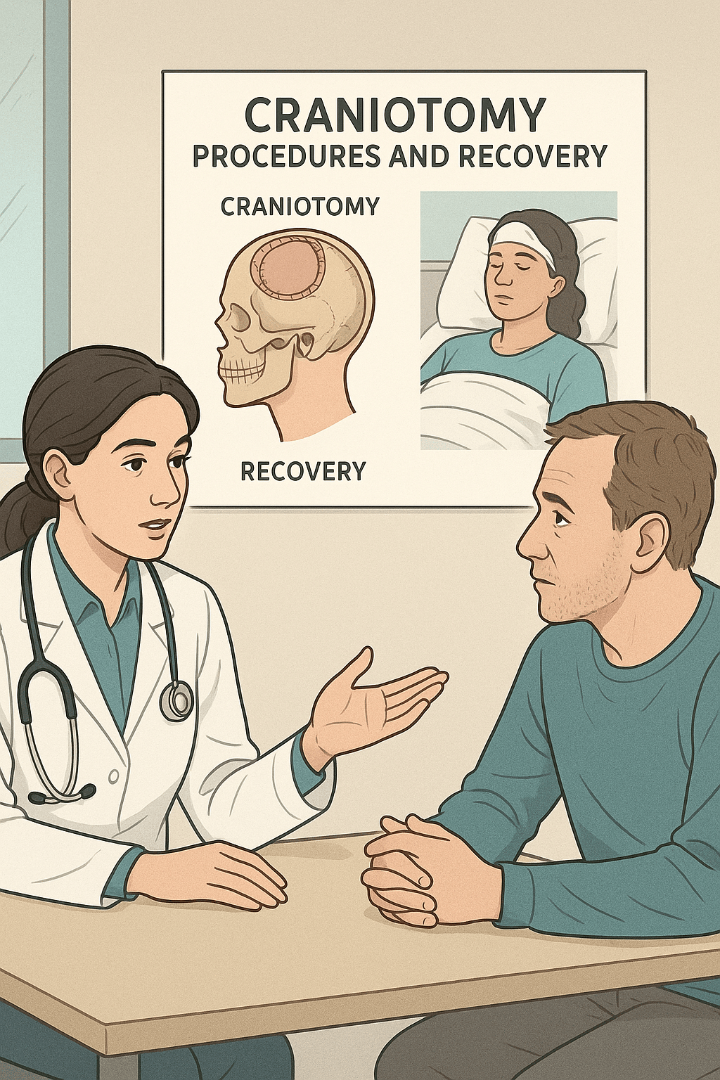What Is Minimally Invasive CABG and How Is It Different from Traditional Heart Bypass Surgery?
Minimally Invasive CABG is a less invasive form of heart bypass surgery that uses small incisions instead of a full chest opening. The procedure is used to bypass blocked coronary arteries and restore oxygen-rich blood to the heart muscle.
Key Differences from Traditional CABG:
- No full sternotomy – no cutting of the breastbone
- Smaller incisions (5–8 cm instead of 20–25 cm)
- Less trauma and faster recovery
- Often done on a beating heart (off-pump)
Minimally invasive CABG is ideal for patients with one or two blocked arteries, particularly in the left anterior descending artery.
Who Needs Minimally Invasive CABG Surgery?
CABG is performed when coronary arteries are narrowed or blocked due to atherosclerosis, leading to reduced blood flow to the heart muscle.
Indications for Minimally Invasive CABG:
- Blockage of one or two coronary arteries, especially LAD (Left Anterior Descending)
- Patients unsuitable for angioplasty or stenting
- Patients with diabetes, previous stents, or long-segment disease
- Those desiring faster recovery and less visible scarring
- Patients with high surgical risk for conventional open-heart surgery
A cardiologist and cardiothoracic surgeon will evaluate the extent of disease, comorbidities, and suitability for this approach.
What Are the Types of Minimally Invasive CABG Procedures Performed in India?
India offers all recognized forms of minimally invasive CABG procedures, adapted to patient anatomy and disease severity.
MICS CABG (Minimally Invasive Cardiac Surgery):
- Small chest incision on the left side
- Direct vision or video-assisted
- Most common form of minimally invasive CABG
Robotic-Assisted CABG (Totally Endoscopic CABG):
- Uses robotic arms and 3D cameras
- Incision size as small as 1–2 cm
- Ideal for highly selected patients
Off-Pump CABG (Beating Heart Surgery):
- Performed without stopping the heart
- Avoids risks of heart-lung machine
- Often used in combination with MICS
These procedures are performed using advanced imaging, stabilization systems, and robotic tools to enhance precision.
What Is the Standard Minimally Invasive CABG Treatment Protocol for International Patients in India?
India offers a structured, internationally friendly treatment process that minimizes wait time and maximizes outcomes.
1. Pre-Arrival Coordination:
- Review of angiography, cardiac CT, or stress test
- Teleconsultation with cardiac surgeon
- Visa invitation and travel planning
2. On-Arrival Diagnostic Workup:
- Physical evaluation
- ECG, ECHO, chest X-ray
- Pre-surgery blood work, cardiac risk evaluation
- Repeat angiography (if required)
3. Surgical Admission & Procedure:
- Admission 24 hours prior
- Minimally invasive CABG performed (2–4 hours duration)
- ICU stay: 24–48 hours
- Post-op mobilization starts within 48 hours
4. Discharge & Follow-Up:
- Hospital stay: 5–6 days
- Post-op cardiac rehab initiation
- Travel clearance: 10–14 days after surgery
- Remote follow-up and medication review via Healzone
International patients benefit from coordinated care, language support, and rapid treatment timelines.
What Are the Clinical Advantages of Minimally Invasive CABG Over Traditional CABG?
Minimally invasive CABG offers multiple benefits compared to traditional open-heart surgery:
Key Advantages:
- Smaller scars and better cosmetic results
- Less post-op pain and trauma
- Reduced hospital stay
- Faster return to normal life (3–4 weeks vs. 8–10 weeks)
- Lower risk of infection, bleeding, and complications
- No need to open the entire chest cavity
This approach significantly improves patient comfort, recovery speed, and overall experience, especially for younger or working professionals.
Why Is India a Global Leader in Minimally Invasive CABG Surgery?
India has become one of the most sought-after destinations for advanced cardiac care, particularly minimally invasive CABG, thanks to its unique combination of medical excellence and affordability.
Why India Stands Out:
- World-class cardiac infrastructure with hybrid operating rooms and robotic systems
- Experienced cardiac surgeons trained in the US, UK, and Germany
- Cost savings of 70–85% compared to Western countries
- Zero waiting list – surgery scheduled within 3–5 days of arrival
- Comprehensive cardiac rehabilitation units and international patient services
- Modern anesthesia, perfusion, and ICU protocols matching global standards
Whether it’s robotic-assisted CABG or off-pump surgery, India offers safe, precise, and advanced cardiac solutions at globally competitive rates.
Why Should International Patients Choose Healzone for CABG in India?
Healzone simplifies the journey for global patients seeking high-quality cardiac surgery in India by providing a single point of contact for all medical and travel needs.
Healzone Services Include:
- Pre-arrival medical case review and surgical planning
- Visa and travel assistance with full documentation support
- Pre-selected, internationally accredited cardiac centers
- Dedicated patient concierge and translation support
- Hotel and recovery home coordination for accompanying family
- Remote follow-up after returning to your home country
With Healzone, patients experience a seamless, stress-free process from consultation to recovery, tailored specifically for international cardiac travelers.
What Technologies and Surgical Devices Are Used in Minimally Invasive CABG in India?
India’s top cardiac centers use advanced surgical tools and intraoperative technologies to improve safety, accuracy, and outcomes.
Key Technologies and Devices Include:
|
Device/Technology |
Function |
|
MICS Retractors |
Access the heart through small thoracic incisions |
|
Endoscopic/Robotic Instruments |
Enable high-precision movement in confined spaces |
|
Off-Pump Stabilizers |
Keep the beating heart steady during grafting |
|
High-Resolution Cameras |
Provide real-time internal visualization |
|
3D Laparoscopy Systems |
Enhance depth perception during surgery |
|
Cardiopulmonary Support Systems |
Available if needed for safety backup |
|
Electrocautery and Microvascular Tools |
Ensure accurate dissection and suturing |
All equipment is FDA- or CE-approved, ensuring patients receive care on par with leading Western hospitals.
What Is the Complete Cost Breakdown for Minimally Invasive CABG Surgery in India?
The total cost of Minimally Invasive CABG in India ranges between $6,000 to $7,500 USD, depending on case complexity, number of grafts, and hospital category. Here is a detailed breakdown:
|
Service Component |
Estimated Cost (USD) |
|
Cardiology Consult & Pre-op Assessment |
$150 – $300 |
|
ECG, 2D Echo, Chest X-ray |
$100 – $200 |
|
Coronary Angiography |
$300 – $500 |
|
Blood Tests, Anesthesia Clearance |
$150 – $300 |
|
MICS CABG Surgical Fee |
$2,500 – $3,500 |
|
Cardiac ICU & Ward Stay (5–6 Days) |
$1,200 – $1,500 |
|
OT Charges & Equipment Use |
$500 – $800 |
|
Medications, Consumables, Sutures |
$400 – $600 |
|
Cardiac Rehab & Physiotherapy |
$200 – $300 |
|
Follow-up Consultation |
Included |
|
Total Approximate Cost |
$6,000 – $7,500 USD |
Note: Robotic CABG, if required, may increase the cost by $1,500–$2,000 USD.
Healzone provides fixed treatment packages, so there are no hidden or surprise expenses during your stay.
What Are the Clinical Outcomes and Benefits of Minimally Invasive CABG Surgery?
Minimally Invasive CABG offers excellent long-term results with fewer complications, faster recovery, and a better overall patient experience compared to traditional open-heart bypass.
Key Clinical Benefits:
- Reduced hospital stay (4–6 days vs. 8–10 days)
- Lower risk of infection and bleeding
- No sternotomy – faster bone healing and less pain
- Smaller, less visible scars
- Return to work in 3–4 weeks instead of 6–8 weeks
- Lower risk of respiratory and wound-related complications
With proper patient selection and expert execution, long-term graft patency rates and heart function improvement are comparable to conventional CABG.
What Are the Risks or Potential Complications of Minimally Invasive CABG?
While safer and less invasive, CABG is still a major cardiac procedure and can involve certain risks.
Possible Risks Include:
- Bleeding during or after surgery
- Infection at incision site (rare in MICS)
- Graft failure or incomplete bypass (rare with skilled execution)
- Heart rhythm disturbances (e.g., atrial fibrillation)
- Stroke or blood clots (extremely rare)
- Conversion to open surgery if anatomy is complex
How Risks Are Minimized in India:
- Use of beating-heart (off-pump) technique
- Continuous intraoperative monitoring
- Highly trained surgical and ICU teams
- Pre-surgery cardiac clearance and risk scoring
- Use of FDA/CE-certified implants and stabilizers
India's top centers report over 95% success rate for minimally invasive CABG procedures.
What Is the Recovery Timeline and Aftercare Plan for CABG Patients in India?
Recovery is a critical part of the treatment journey. India provides full inpatient and outpatient rehab support.
Recovery Timeline:
|
Recovery Phase |
Duration |
|
ICU Stay |
24–48 hours post-surgery |
|
General Ward Recovery |
3–5 days |
|
Discharge from Hospital |
Day 5–6 |
|
Resume Light Activity |
Within 1–2 weeks |
|
Return to Work/Travel |
3–4 weeks |
|
Full Recovery & Cardiac Rehab |
6–8 weeks |
Post-Operative Care Includes:
- Blood pressure and glucose control
- Low-fat cardiac diet
- Prescribed exercise and walking schedule
- Medication adherence (antiplatelets, beta-blockers)
- Tele-follow-up with the cardiac team (via Healzone)
Most international patients are fit to fly back home 10–14 days post-surgery.
Why India Is the Best Choice for Minimally Invasive CABG
India combines high-quality cardiac care, international expertise, and cost-effective packages for a truly patient-friendly experience in CABG surgery.
Highlights of Choosing India:
- Highly experienced cardiac teams and robotic surgery access
- State-of-the-art cardiac centers with global safety standards
- Seamless support from Healzone for every step of the journey
- Transparent pricing with up to 90% savings over Western countries
- Quick scheduling, shorter recovery, and full medical documentation
For international patients seeking minimally invasive heart bypass, India delivers safe, world-class care without financial burden

